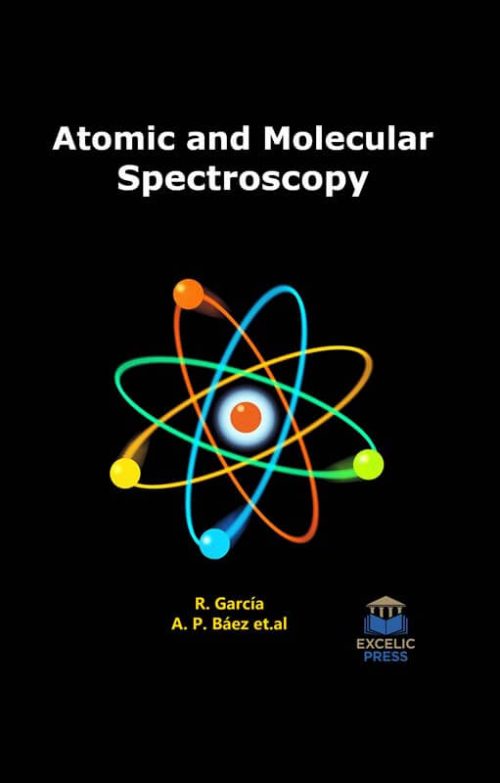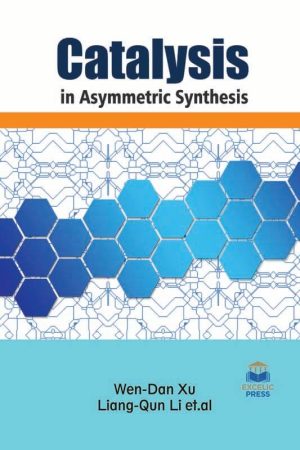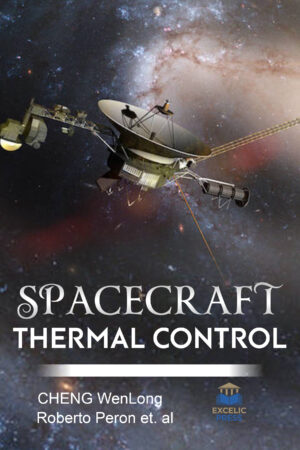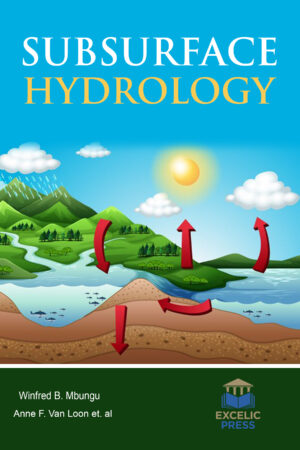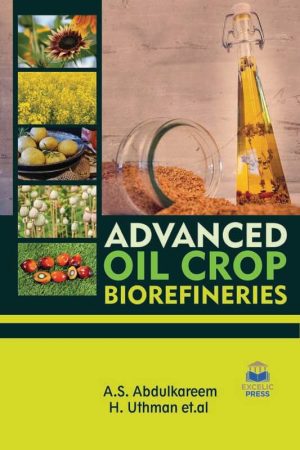Description
Spectroscopy is used as a tool for studying the structures of atoms and molecules. It can measure light by breaking it down into its component colors with the help of a prism in order to study the resulting spectrum. The results obtained from atomic and molecular spectroscopy techniques are of great significance in astrophysics, plasma and laser physics. The chemistry and industry people sometimes also talk of minerals, ores, and pollutants, but these comprise the same crystalline or amorphous structures. They are characterized using the same instrumental techniques. The various techniques explored to characterize these materials using atomic and molecular spectroscopy constitute a wide subject of basic and applied sciences. The swiftly developing field of spectroscopic applications has made a substantial impact on several disciplines, including with medicine, environmental protection, chemical processing, and energy research.
The book includes various spectroscopic techniques including atomic spectroscopy, pure rotational spectroscopy, vibrational spectroscopy, Raman spectroscopy, and electronic spectroscopy. The book opens with the Atomic Absorption Spectrometry (AAS) technique for measuring quantities of chemical elements present in environmental samples by measuring the absorbed radiation by the chemical element of interest. Atomic Absorption spectrometryalysis is an analytical technique used for the qualitative, and quantitative determination of the weather gift in several samples like food, Nanomaterials, Biomaterials, forensics, and industrial wastes. The main aim of this book is to cover all major topics which are required to equip scholars with the recent advancement in this field. The use of the Raman technique is these days wide unfolding in several scientific and industrial disciplines. The increase of this spectroscopic analysis thanks to the technology developed in a number of its main parts (the optical maser, charge-coupled device (CCD) sensors, gratings, filters, etc), which reduces the price of the instrumentality. In such a context, this book is devoted to the practical use of ultraviolet (UV) spectroscopy, Fourier transforms infrared (FT-IR) spectroscopy, Fourier transform Raman (FT-Raman) spectroscopy, fluorescence spectroscopy, and nuclear magnetic resonance (NMR) spectroscopy to lignin structural elucidation. This book is designed to list the important roles that atomic and molecular spectroscopy plays in the field of chemistry.

